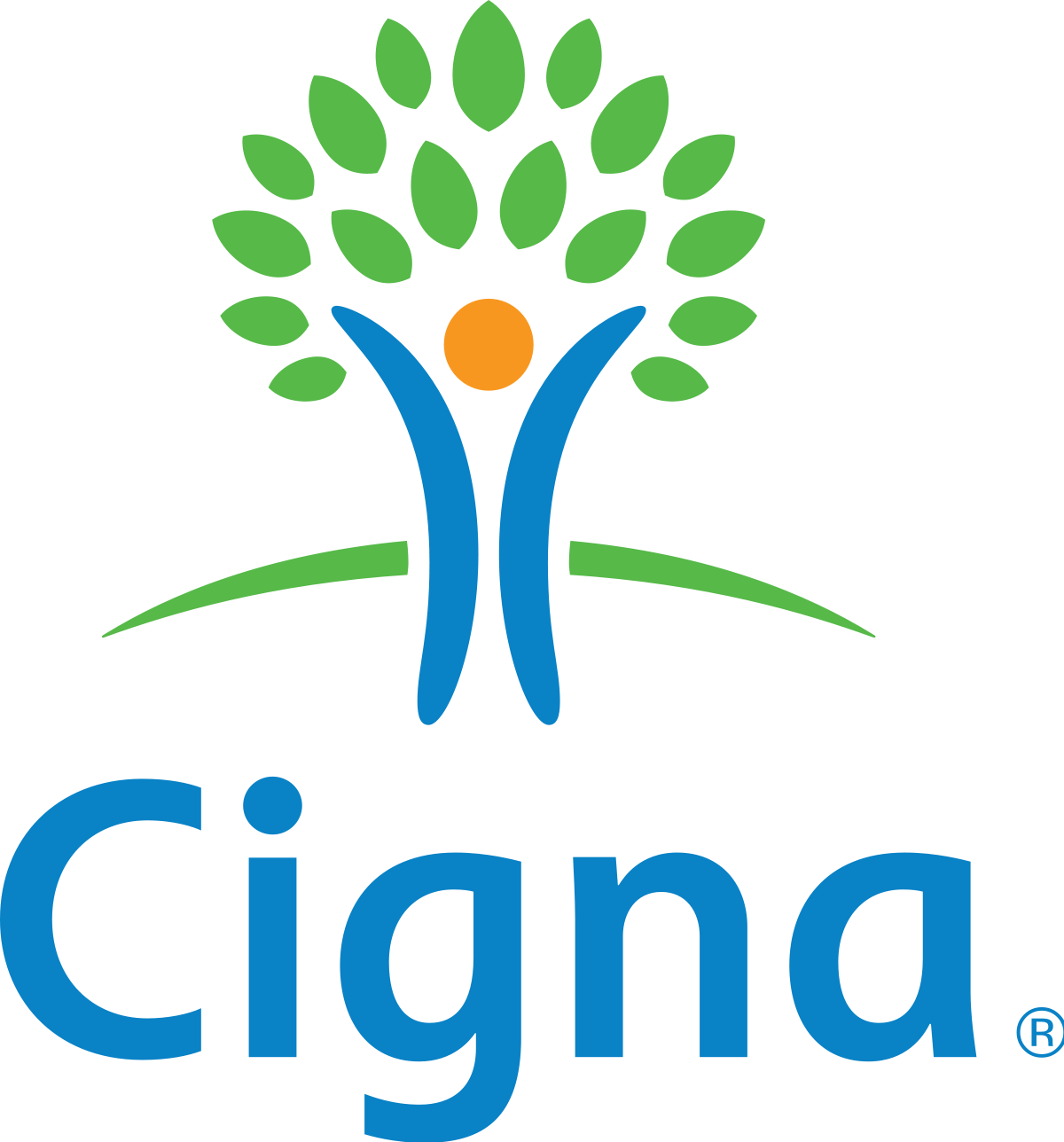Starting October 1, the U.S. is taking a hard stance on pharmaceutical manufacturing: Imported brand-name, patented drugs will face a 100% tariff unless the companies behind them are already building plants in America. The White House says the move is about strengthening supply chains, but there’s a more immediate concern for consumers—higher prescription prices could be on the horizon.
That’s why this fall’s Medicare open enrollment window, which begins October 15, is more important than ever. With potential drug price hikes just weeks away, now’s the time to look closely at your prescription coverage and make sure you’re not overpaying for the medications you rely on.
What a 100% Tariff Could Mean for Your Prescriptions
Drug prices were already rising before this announcement. Many seniors say they skip or ration medications due to cost, and brand-name drugs—which are often imported or rely on foreign manufacturing—tend to be the most expensive. Doubling tariffs could increase those prices, especially for medications without a generic alternative.
That said, the prescription drug market is huge and highly complex, and the ultimate impact of these tariffs is difficult to predict. Some foreign manufacturers could be shielded by existing trade agreements, or may already have U.S. partnerships in place, which could blunt the effect on consumer prices—at least in the short term.
Insurance companies may respond by adjusting their formularies, raising copays or changing premiums. That makes it crucial to review your plan this fall. A little comparison shopping now could save you hundreds of dollars next year.
Before choosing a plan, it’s smart to look at multiple carriers side by side. Comparison tools let you plug in your medications and see how much each plan would cost you over a year—factoring in premiums, deductibles, copays and pharmacy options.
The advantage here is personalization. Instead of picking a plan based on general benefits, you’ll see how each option performs based on your prescriptions. You can also compare plan ratings, drug coverage tiers, and which pharmacies offer the best pricing. In a year when drug costs could swing sharply, that kind of transparency can make a real difference.
Below are a few top choices from Forbes Advisor’s expert ratings for Medicare Part D providers.
UnitedHealthcare
UnitedHealthcare remains a top pick by Forbes Advisor for Part D coverage due to its wide drug list, extensive pharmacy network and flexible plan choices. It covers a long list of common prescriptions, often at competitive copay levels, and gives members access to preferred pricing at major pharmacy chains.
What sets UnitedHealthcare apart is its integration with Optum Rx, which often secures better negotiated prices and mail-order savings. If tariffs drive up brand-name costs, having a plan with broad coverage and strong pricing power can help cushion the blow.
For many people on multiple medications, UnitedHealthcare’s balance of cost, convenience, and availability makes it a dependable choice.
Cigna
If keeping monthly costs low is your priority, Cigna is worth a look. The company’s Medicare Part D plans typically come with affordable premiums, and many include $0 copay options for standard generics. Cigna also does a good job with digital tools, like price comparison features and refill reminders, that make managing your prescriptions easier.
Another big plus is customer support. If drug prices start shifting, having responsive, helpful support can make navigating your coverage much less stressful. And with low-cost options on essential medications, Cigna can help you control your spending even if brand-name drugs get more expensive next year.
| Provider | Forbes Advisor Rating | Best For | Average monthly premium | Average annual deductible | See Plans |
|---|---|---|---|---|---|
Cheapest deductible | $60 | $292 | On Chapter’s Website | ||
Cheapest premiums | $37 | $370 | On Chapter’s Website | ||
Managing diabetes | $51 | $440 | On Chapter’s Website | ||
Preferred pharmacy discounts | $39 | $337 | On Chapter’s Website | ||
CMS ratings | $86 | $311 | On Chapter’s Website |
Bottom Line
The proposed 100% tariff isn’t just a policy headline. It signals that prescription costs could change fast. As Medicare open enrollment approaches, reviewing and comparing plans could mean the difference between manageable medication costs and unexpected bills.
Look closely at what drugs you take, how much you’re paying and whether your current plan still makes sense. Whether you prioritize broad coverage, low premiums or the best network pricing, there’s likely a plan that fits your needs—and choosing wisely this fall could save you a lot when January rolls around.











Leave a Reply